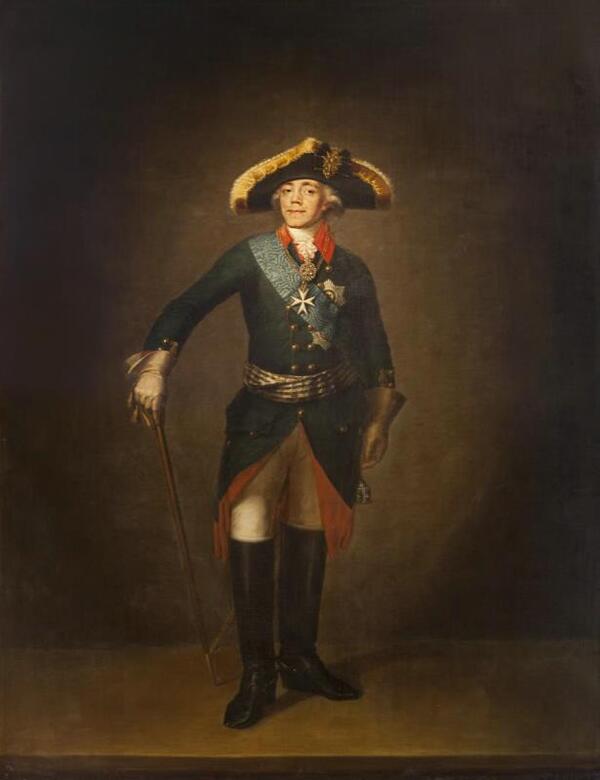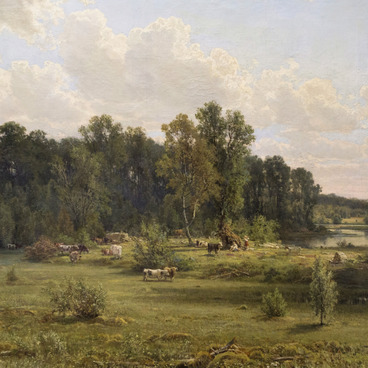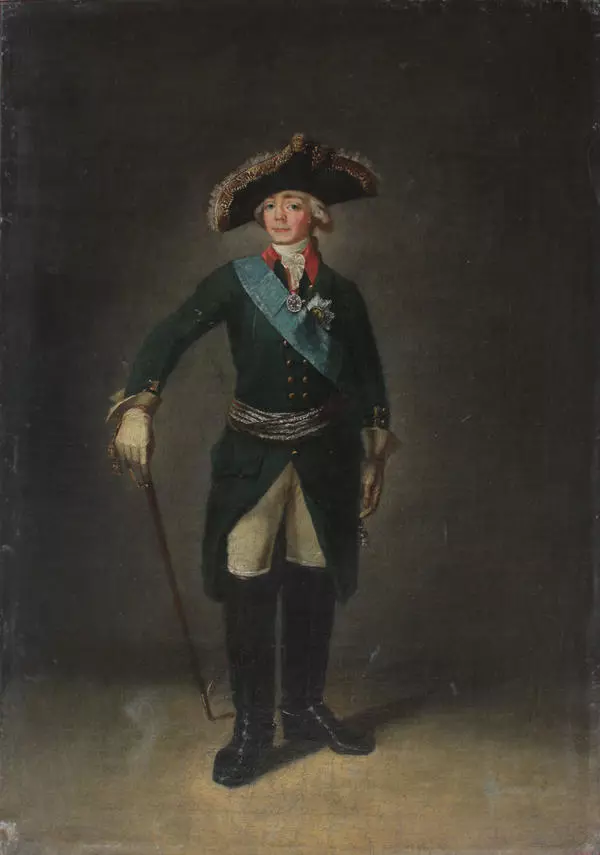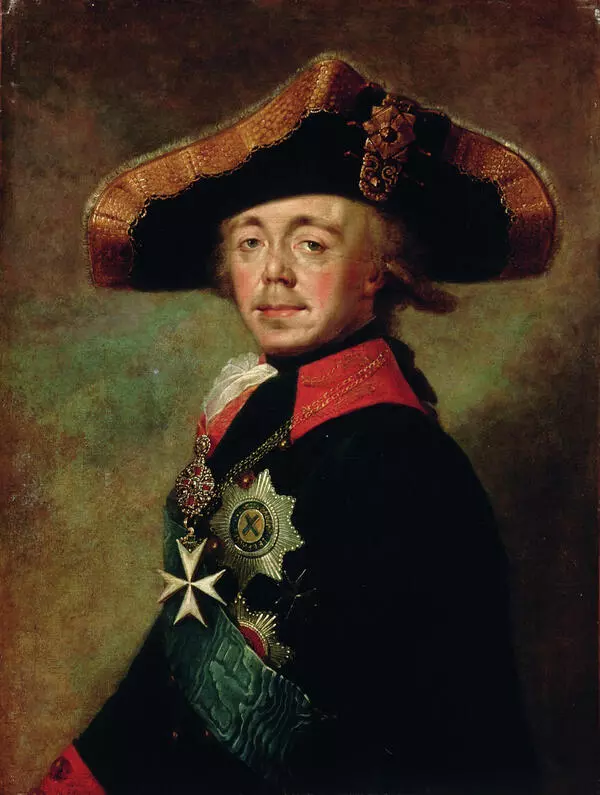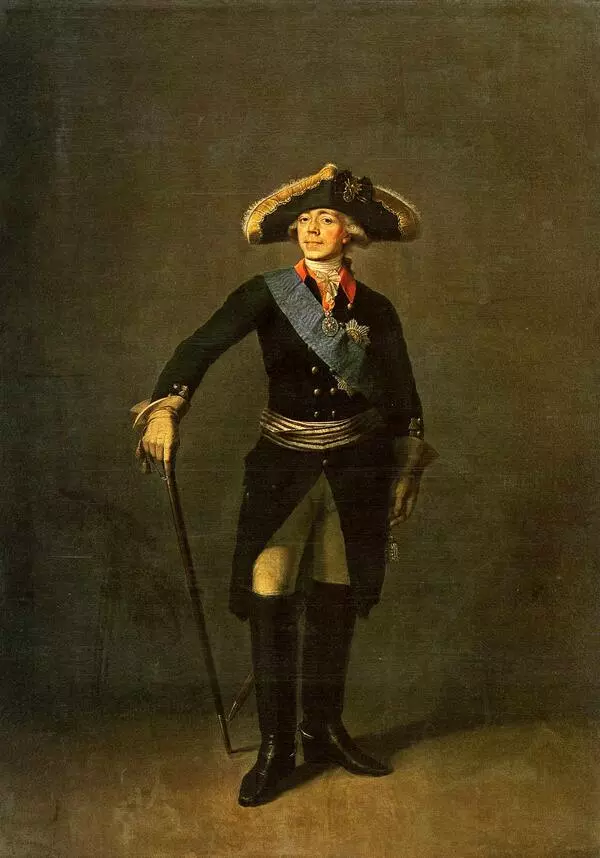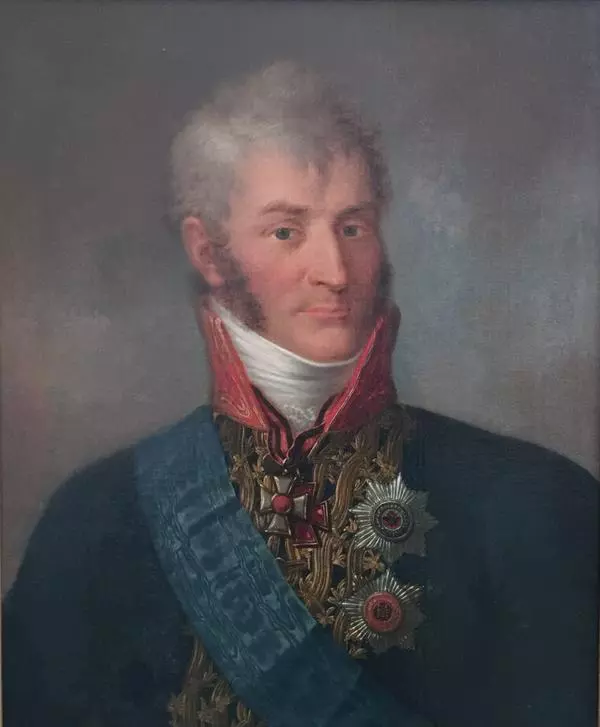The eighteenth century became known in the history of Russian painting as the age of portrait painting. The portrait was the first secular genre to become widely popular in Russian fine art. In just one century, Russian artists — former icon painters — mastered the new secular painting genre and even managed to surpass many of their Western counterparts.
In 1776, Stepan Shchukin entered the Academy of Arts, where he majored as a portrait painter. After receiving a Major Gold Medal and the title of class artist, he went to Paris to continue his studies. The artist is best known for the work in which he sought to convey the psychological characteristics of his models. Shchukin tutored Vasily Tropinin, one of the most famous Russian portrait painters of the first half of the 19th century.
The portrait of Emperor Paul I was supposed to depict his coronation, but it was too different from the official images of this type because of the originality of the composition and the unexpected interpretation of the image. Shchukin was the first to break away from an established tradition — a ceremonial portrait of the sovereign — and painted Paul I not as an emperor, but as an officer reviewing a military parade. Neither the clothes of the model nor the background provides any information about his social status: there is only a figure in a uniform, in a tricorne, with a cane in his hands against a homogeneous background.
At the same time, this is a psychological portrait of one of the most controversial personalities in Russian history. The artist conveyed the feeling of tense inner life through the posture of the figure. The face of the emperor does not resemble a frozen mask, it shows inner imbalance, painful suspicion, an expression that is hard to define — whether it is going to evolve into insane rage insane or a benevolent state of mind.
Stepan Shchukin was awarded the honorary title of academician for this painting. Since there were many commissions for the portrait, the author repeated it with the help of his students. The collection of the Irkutsk Museum contains one of the copies, the first image of Paul I with the Maltese cross. The painting was created after 1798, when the emperor had already become a Knight of the Order of Malta.
The work was donated in 1963 by the Russian Museum.
In 1776, Stepan Shchukin entered the Academy of Arts, where he majored as a portrait painter. After receiving a Major Gold Medal and the title of class artist, he went to Paris to continue his studies. The artist is best known for the work in which he sought to convey the psychological characteristics of his models. Shchukin tutored Vasily Tropinin, one of the most famous Russian portrait painters of the first half of the 19th century.
The portrait of Emperor Paul I was supposed to depict his coronation, but it was too different from the official images of this type because of the originality of the composition and the unexpected interpretation of the image. Shchukin was the first to break away from an established tradition — a ceremonial portrait of the sovereign — and painted Paul I not as an emperor, but as an officer reviewing a military parade. Neither the clothes of the model nor the background provides any information about his social status: there is only a figure in a uniform, in a tricorne, with a cane in his hands against a homogeneous background.
At the same time, this is a psychological portrait of one of the most controversial personalities in Russian history. The artist conveyed the feeling of tense inner life through the posture of the figure. The face of the emperor does not resemble a frozen mask, it shows inner imbalance, painful suspicion, an expression that is hard to define — whether it is going to evolve into insane rage insane or a benevolent state of mind.
Stepan Shchukin was awarded the honorary title of academician for this painting. Since there were many commissions for the portrait, the author repeated it with the help of his students. The collection of the Irkutsk Museum contains one of the copies, the first image of Paul I with the Maltese cross. The painting was created after 1798, when the emperor had already become a Knight of the Order of Malta.
The work was donated in 1963 by the Russian Museum.

